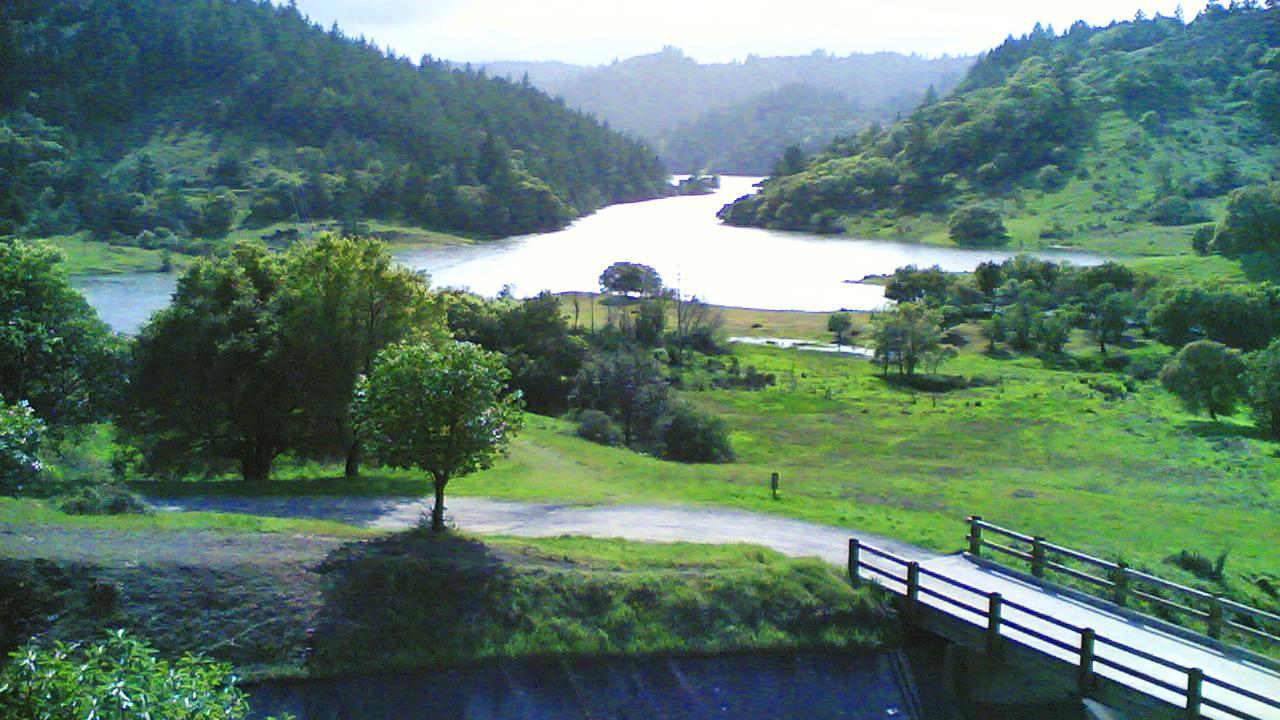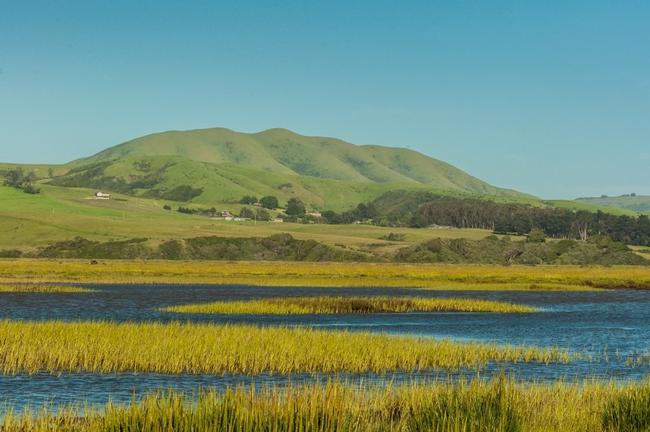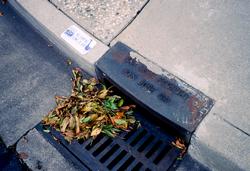Marin’s Watershed

What's a watershed?
A watershed is all the land that drains to a particular stream, river, or bay. All land, from the wildest preserve to the most densely developed urban neighborhood, is part of a watershed.
When watersheds are healthy and functioning well, they provide food and fiber, clean water, and habitat for native plants and animals.
Well-functioning watersheds are more resilient to natural and human-induced disturbances than highly-impacted watersheds.
Healthy watersheds work hard.
• They move sediment from mountains to beaches and bays, sorting it along the way to create diverse landscapes and habitats.
• They cycle nutrients and convert them into forms that living organisms can use.
• They purify and store water, and then meter its release into streams to reduce flooding and damaging erosion in the winter and to sustain flows and cool temperatures during the dry season.
• They even affect air quality by absorbing pollutants and greenhouse gases.
Marin’s watershed
Marin's watersheds include more than 3,000 miles of creeks. These waterways flow to our beloved San Francisco Bay and on to the ocean. The Mt. Tamalpais Watershed is one of Marin's most valuable natural resources as it is the major source of domestic water for residents. The watershed is managed by the Marin Municipal Water District. Locate your watershed here.
A closer look at Marin's watershed
Water quality is high enough to support native aquatic species. These include steelhead trout, coho salmon, and the aquatic insects that provide their food.
Streams and their floodplains accommodate flood flows without regular destructive flooding and erosion.
Streams have sufficient complex habitat features including pools, gravel bars, and large pieces of wood to support fish and other aquatic wildlife. Short-term changes caused by drought, wildfire, landslides, or other events can alter habitat conditions in parts of the system.
Native, keystone plant and animal species are able to sustain stable populations. Examples include clapper rail, valley live oak, steelhead trout, and spotted owl.
The riparian corridor has a dense, healthy native plant community that regenerates naturally.
Upland forests and grasslands are managed to promote rain infiltration, provide diverse habitat for native wildlife, reduce soil erosion, and deliver clean water into streams.
Tidal areas are connected to their wetlands.

What can you do to help keep Marin's watershed healthy?
Select native plants that fit your specific location and conditions.
Plant a variety of species and types of plants from grasses for erosion control and wildflowers for bees and butterflies, to shrubs and trees for birds and healthy streams.

• Reduce impervious surfaces and disconnect them from streams and storm drains.
• Use porous alternatives such as gravel or permeable pavement for driveways and paths.
Collect roof rainwater runoff and slow its release.
Keep water clean.
• Prevent soil erosion.
• Repair erosion with techniques that incorporate native plants.
• Use non-toxic household and garden products.
• Keep oil and animal waste out of streams and storm drains.
Protect and restore riparian (streamside) areas.
